Protective Instinct
Exhibition of four female artists from Kazakhstan
Curated by Salima Sarsenova and Zhanna Guzhavina A collaboration between Artsuited and Sapar Contemporary Central Asian Incubator
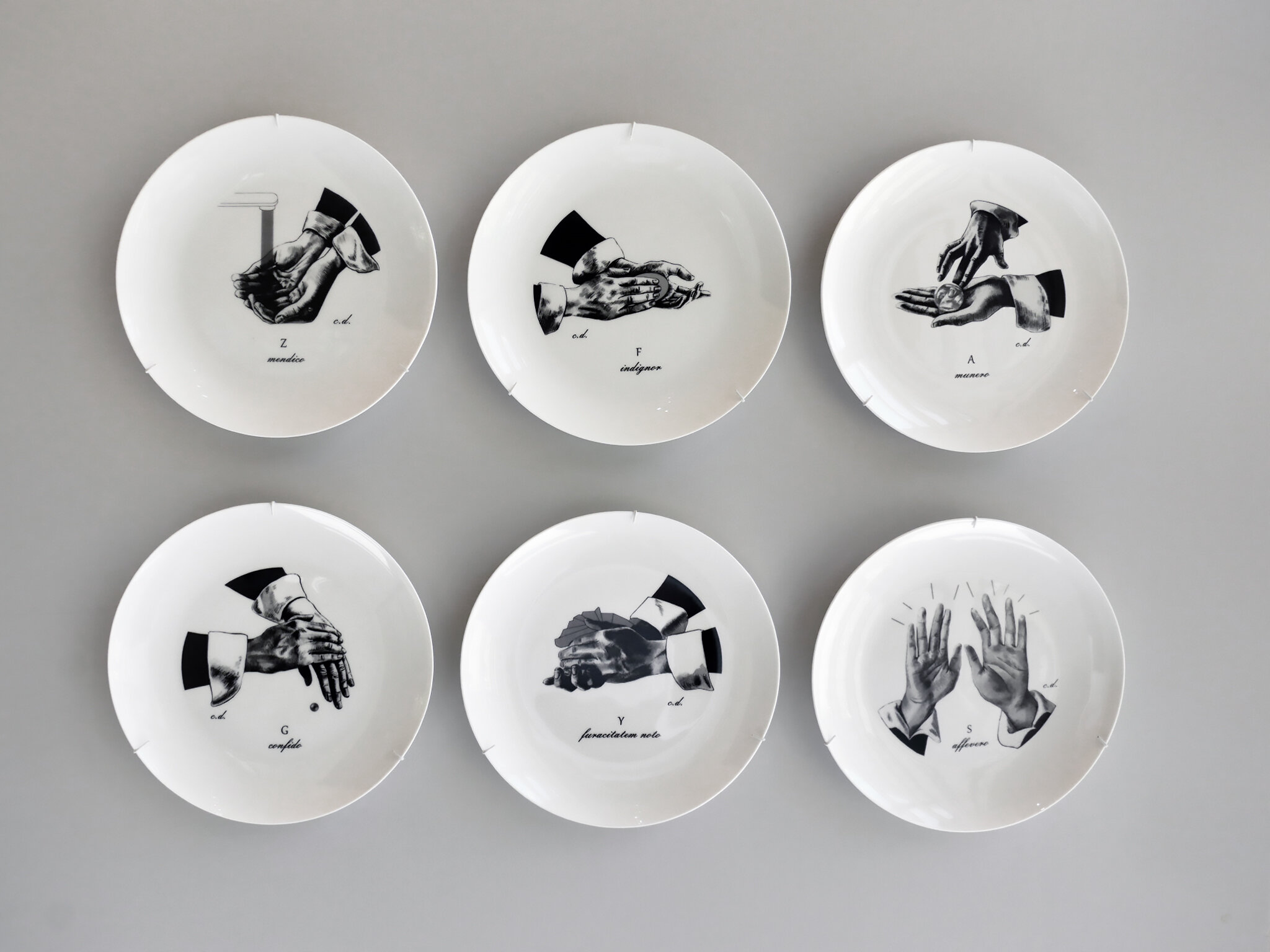
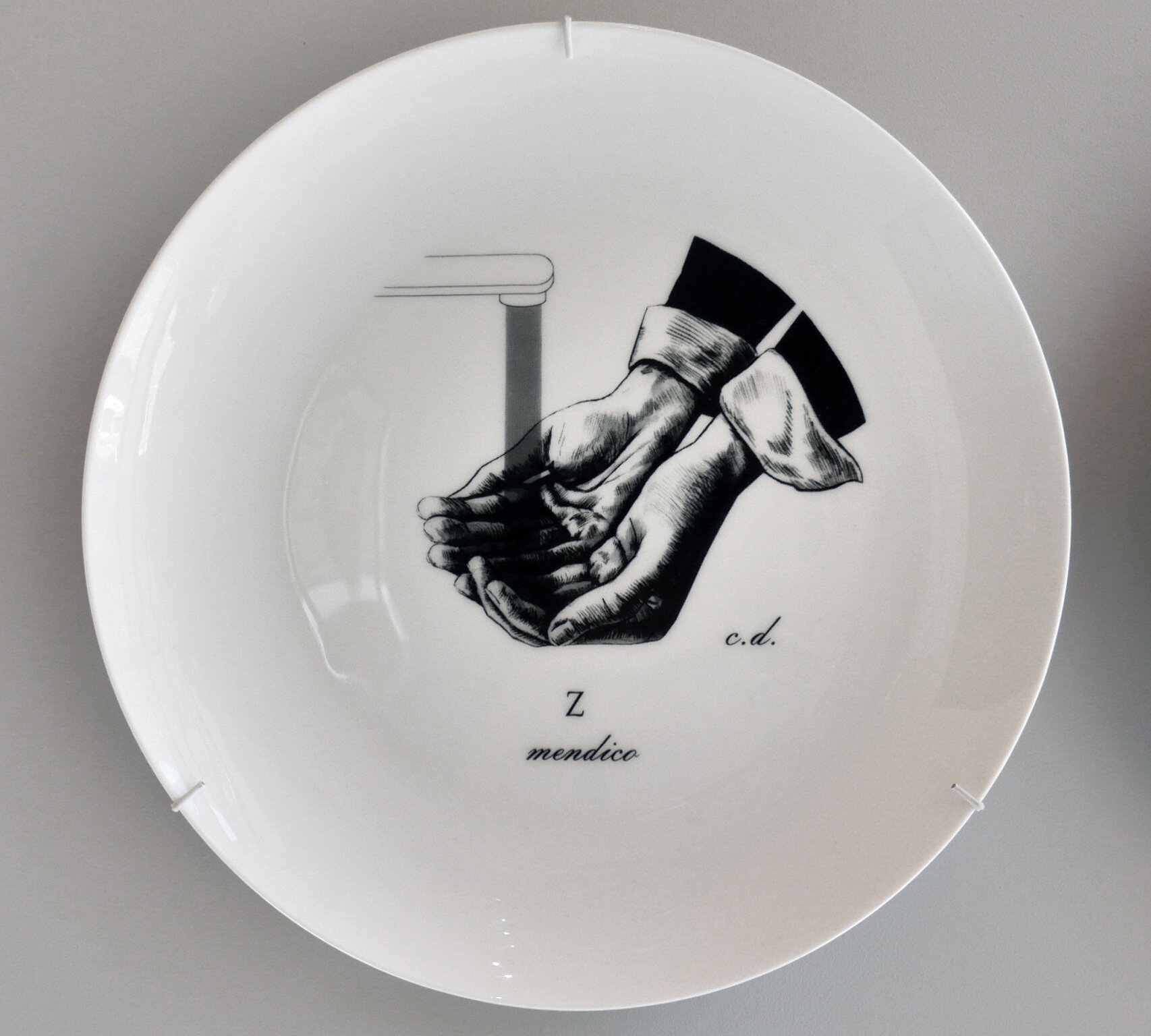
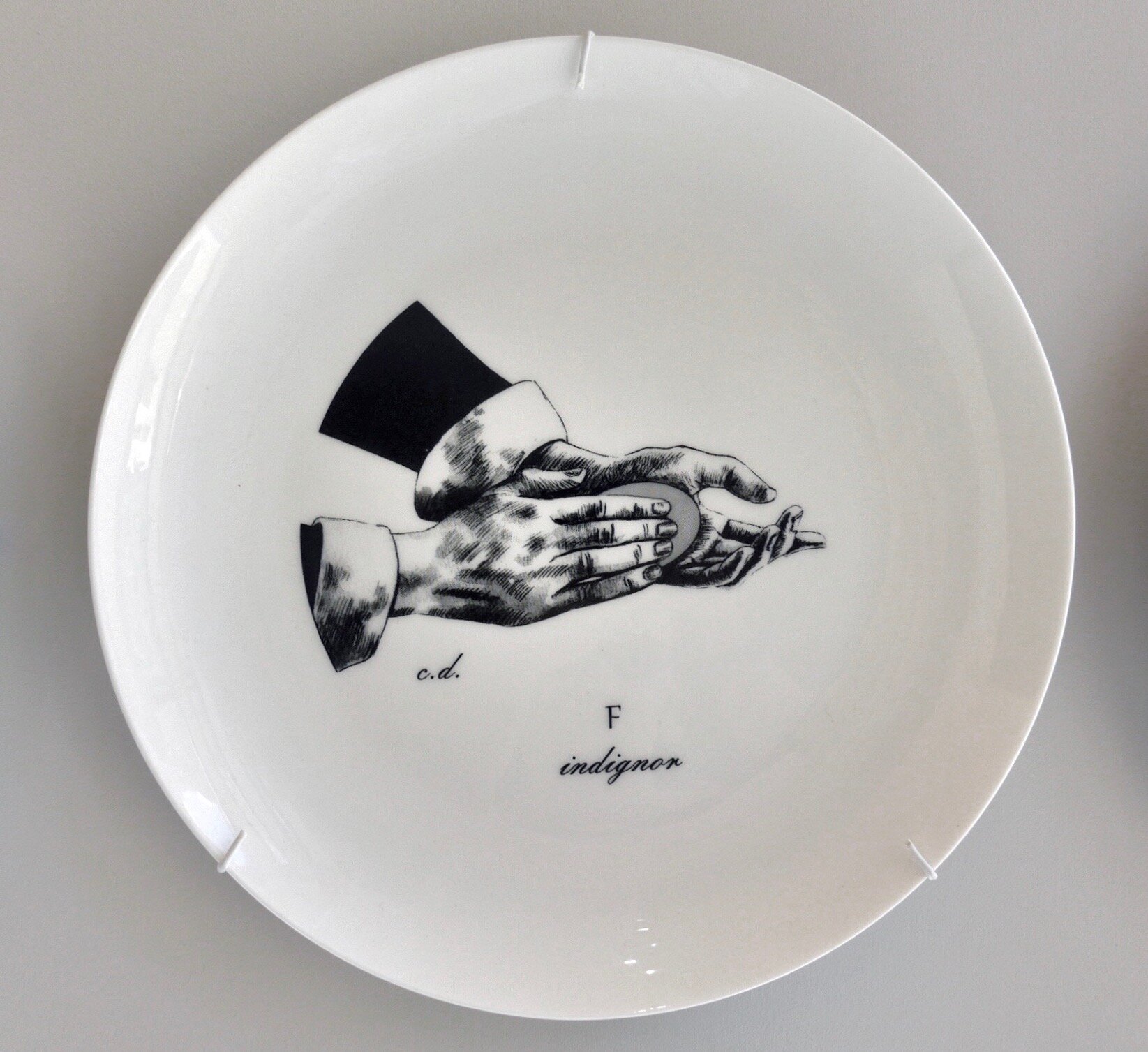
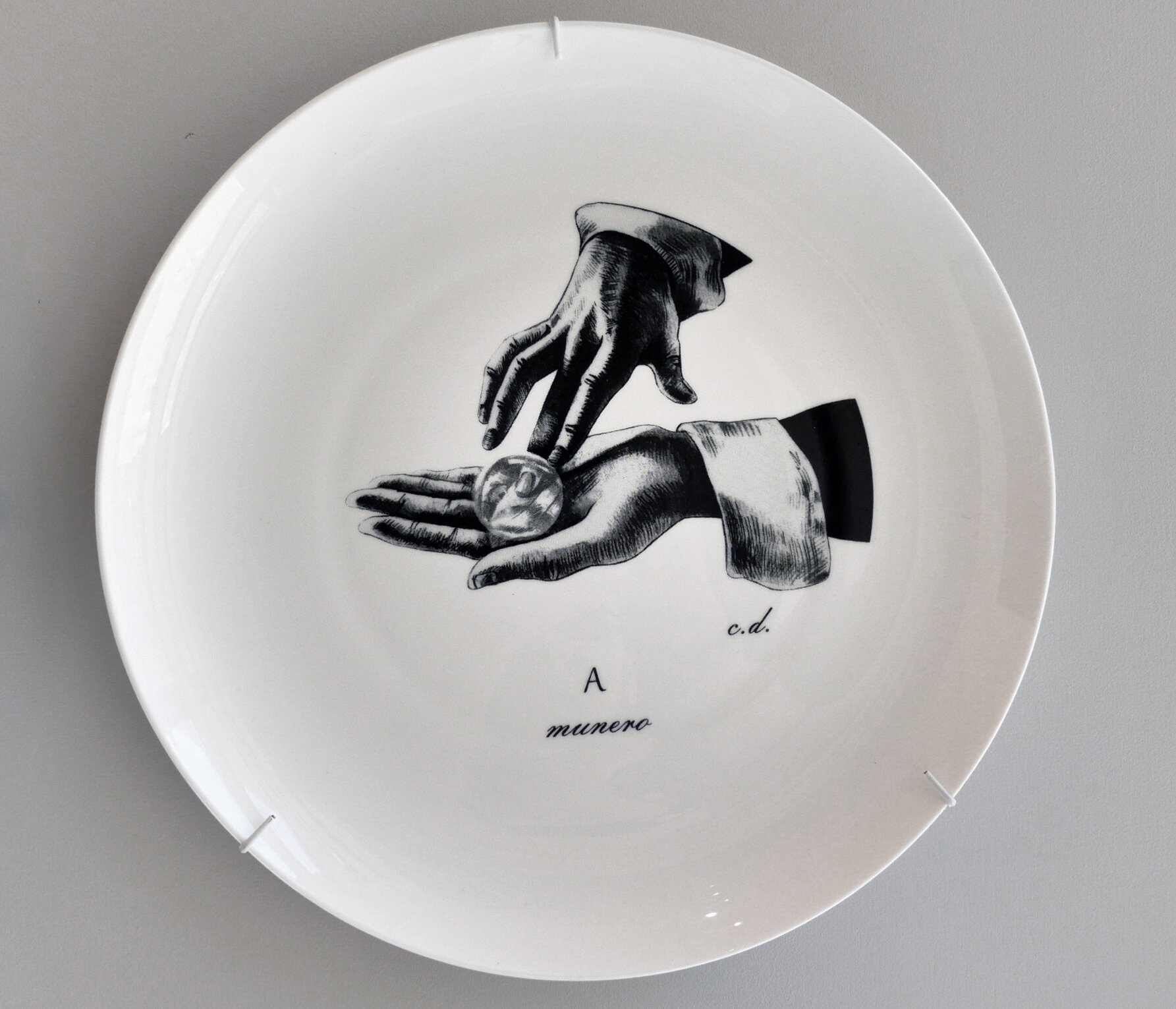
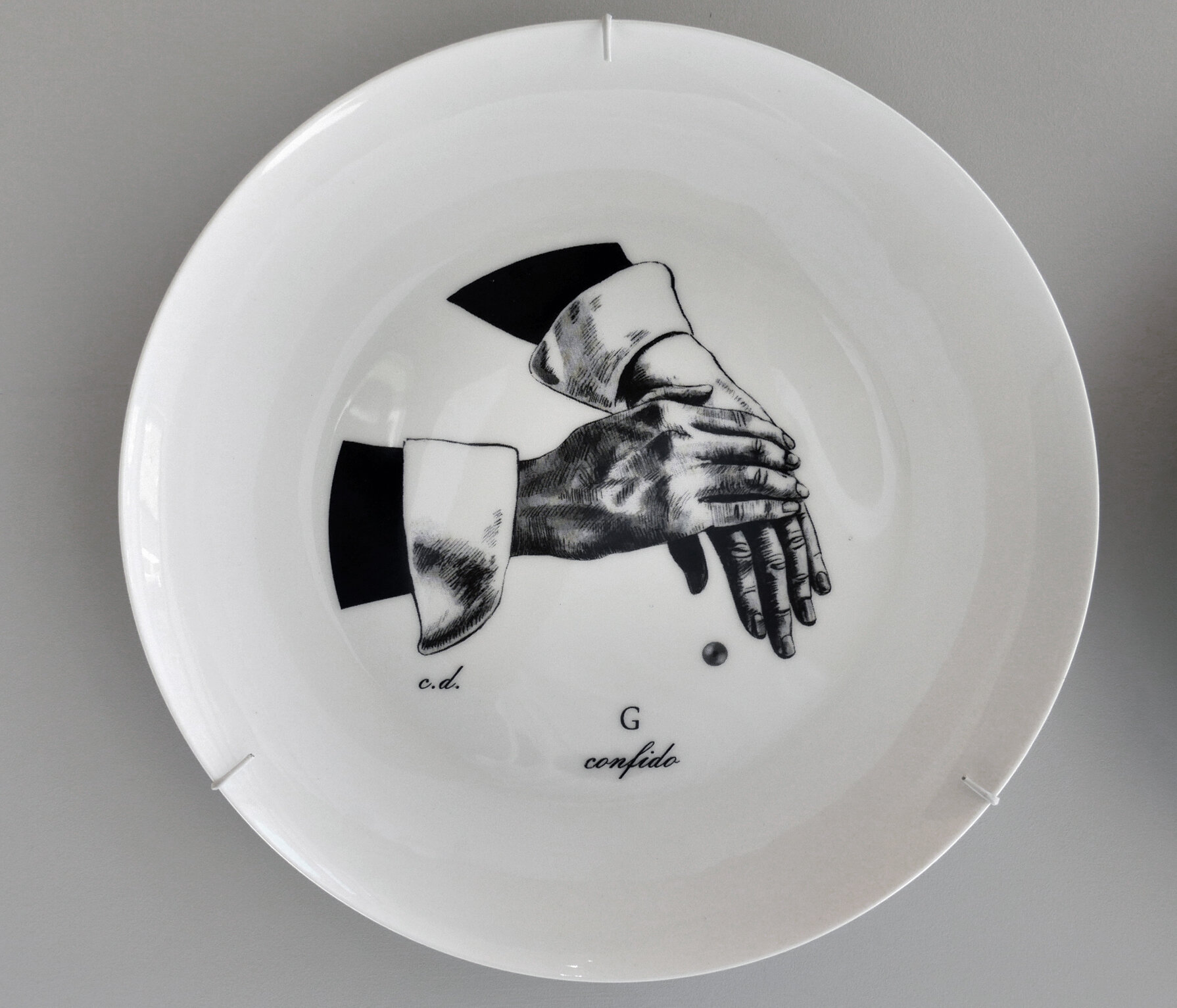

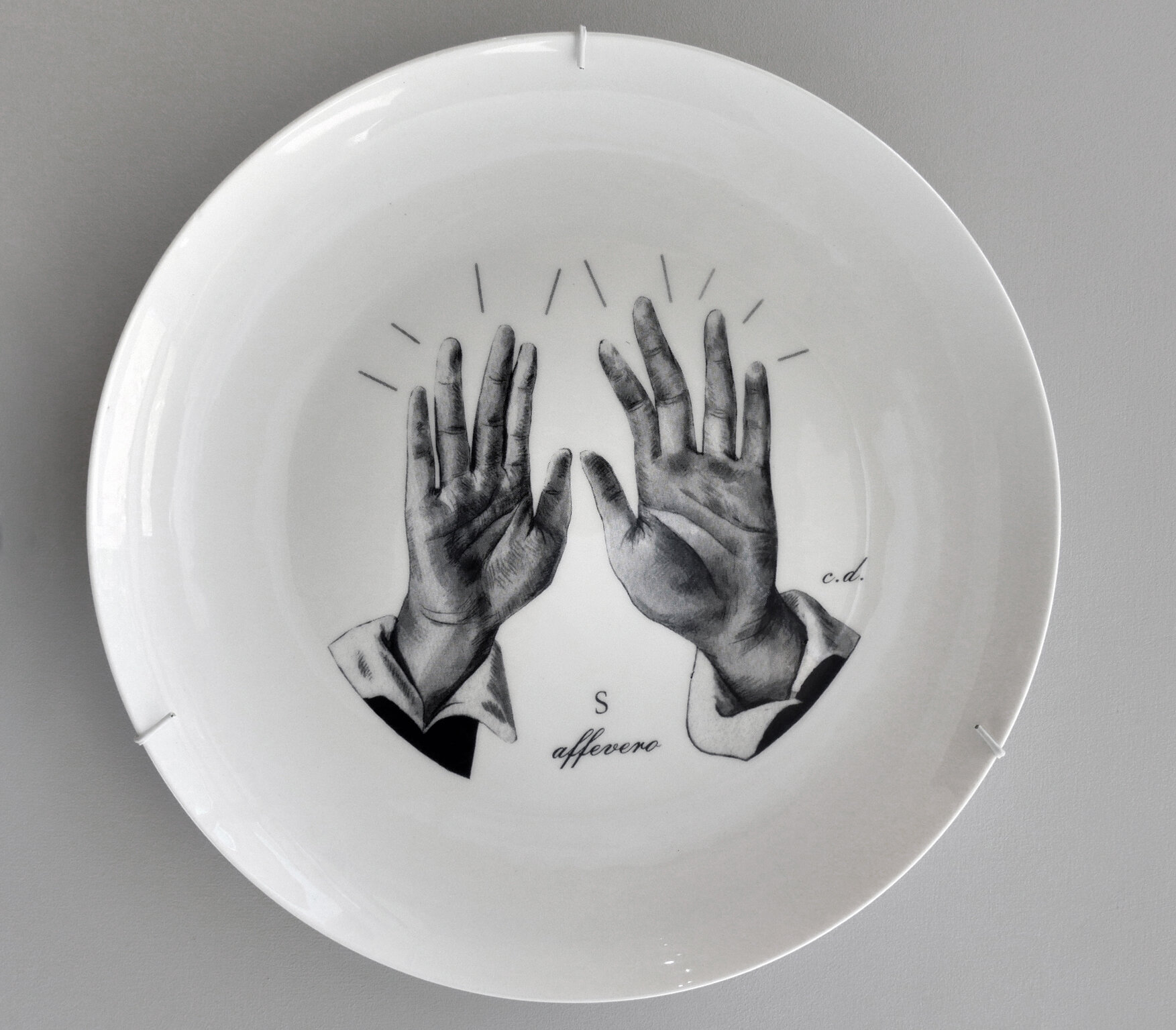
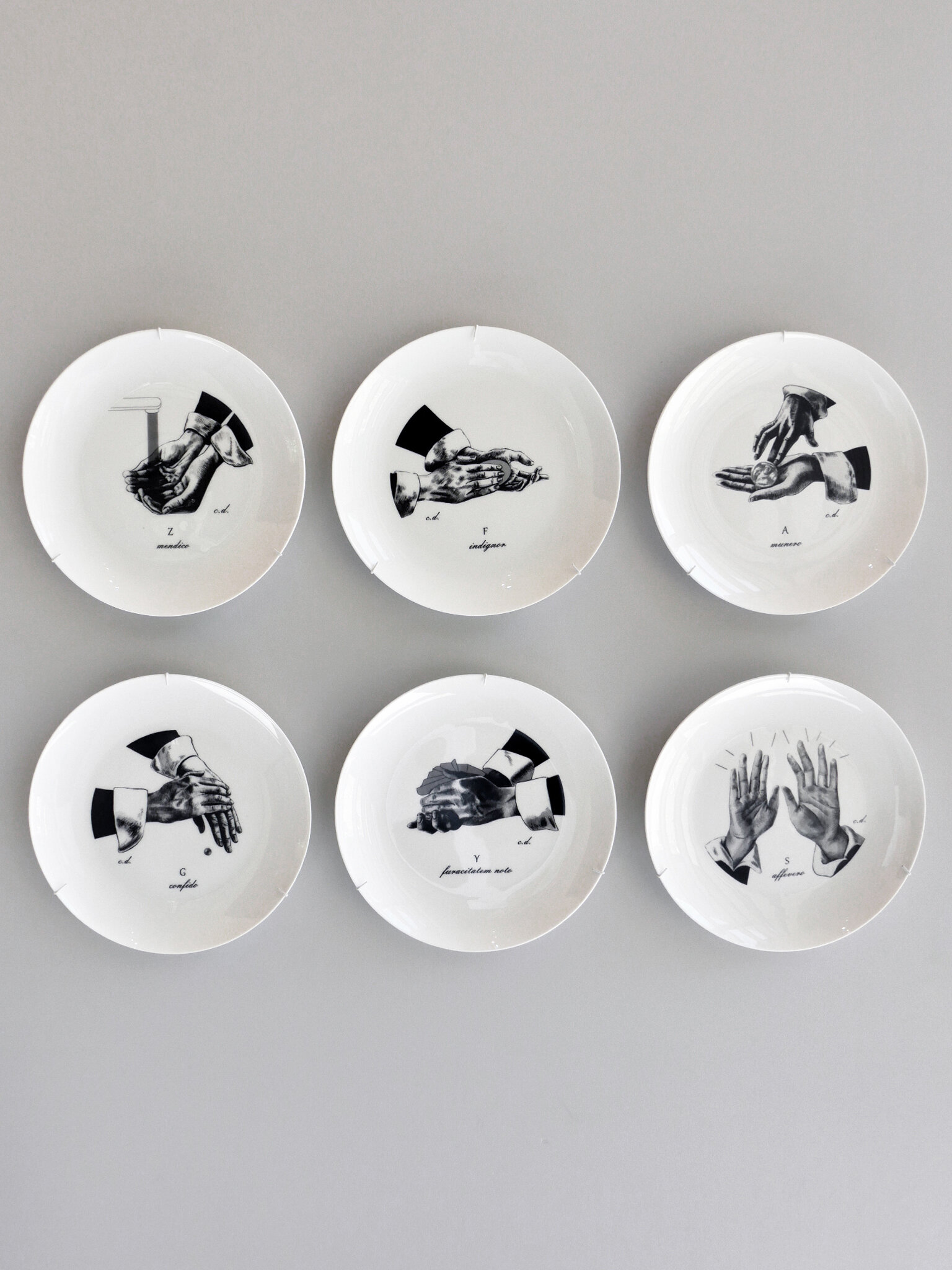
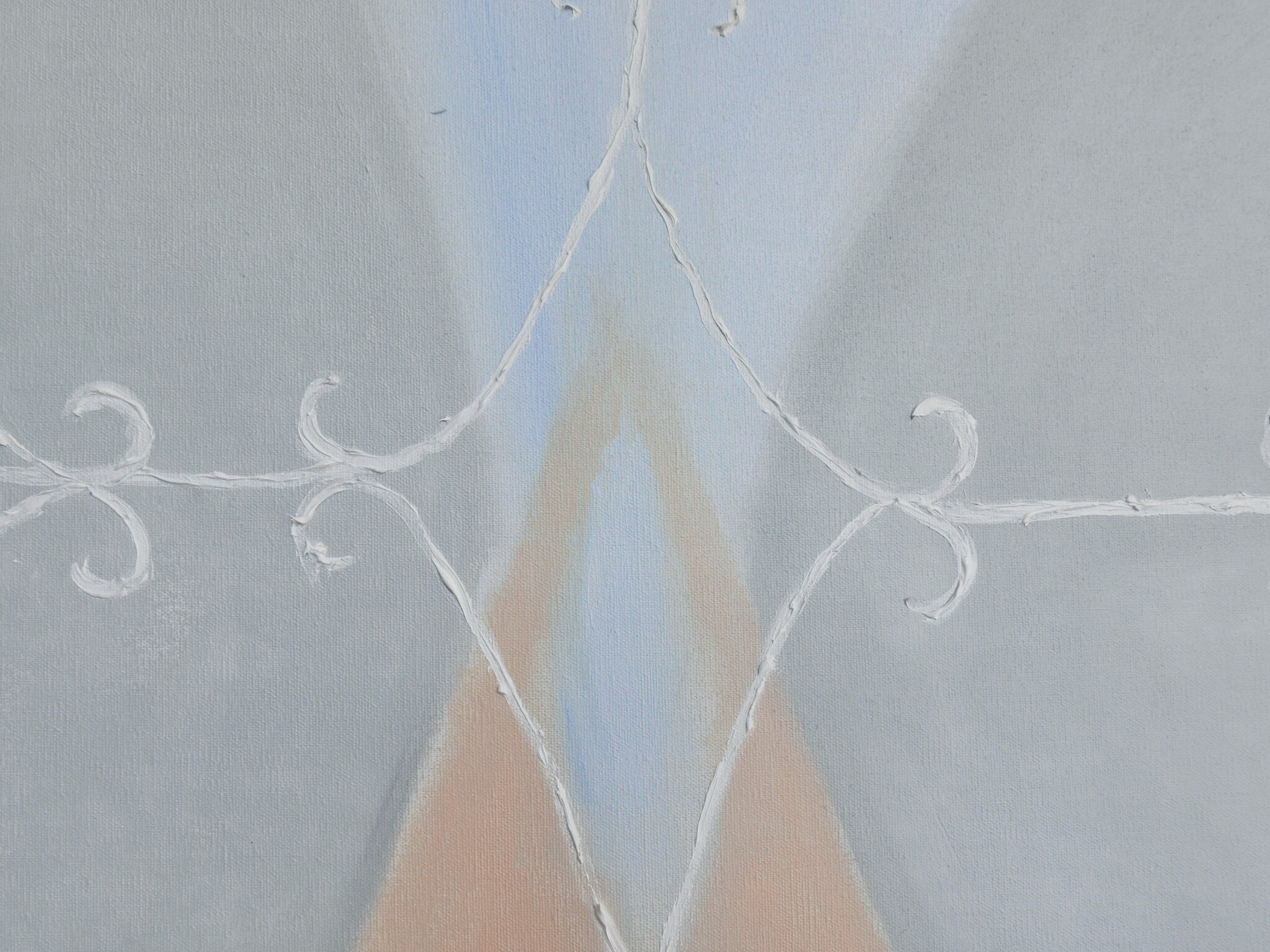
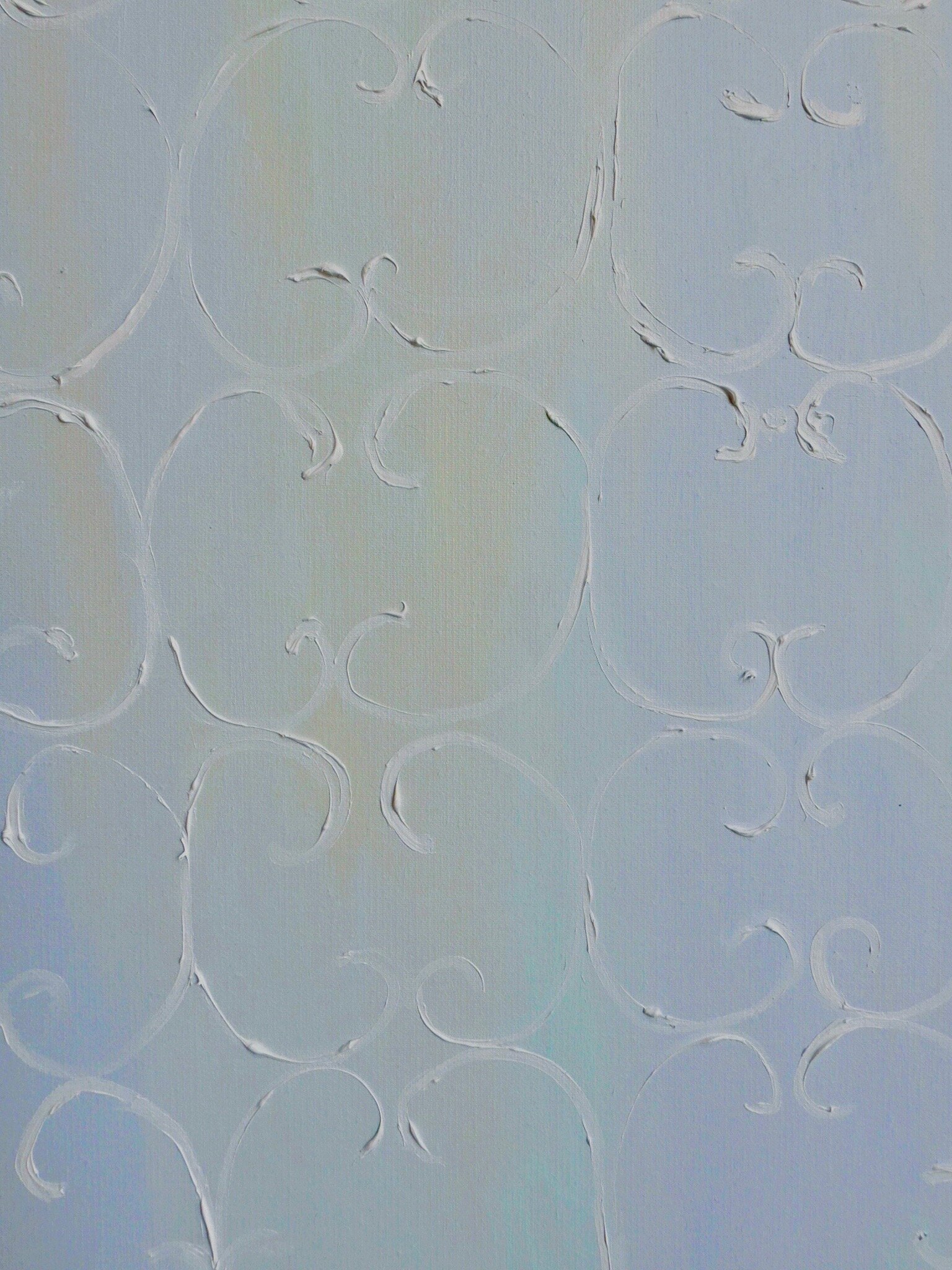
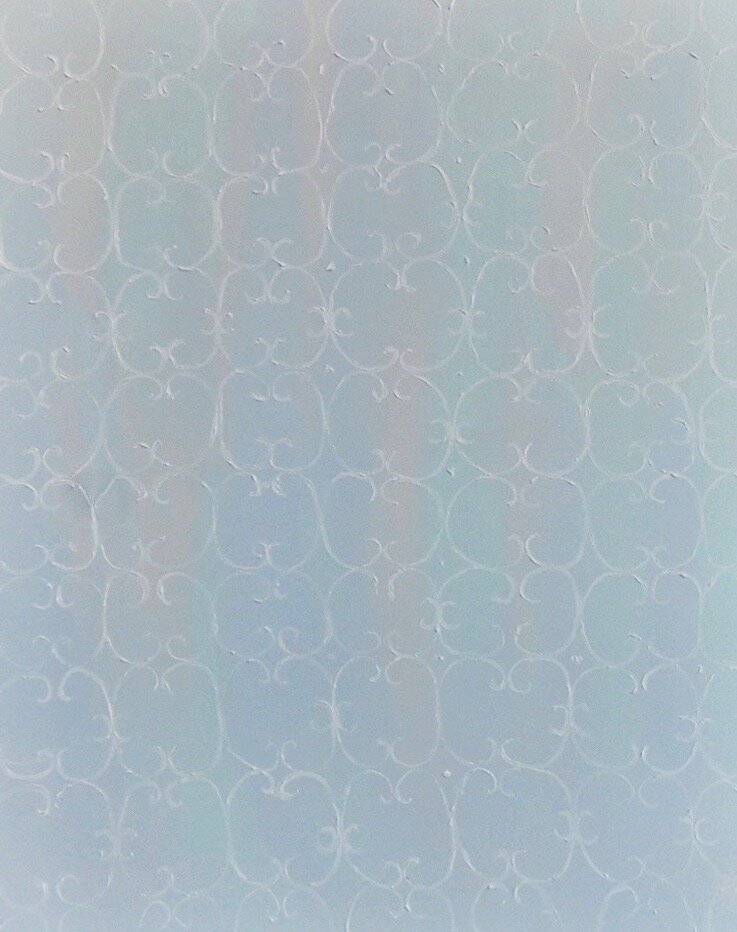
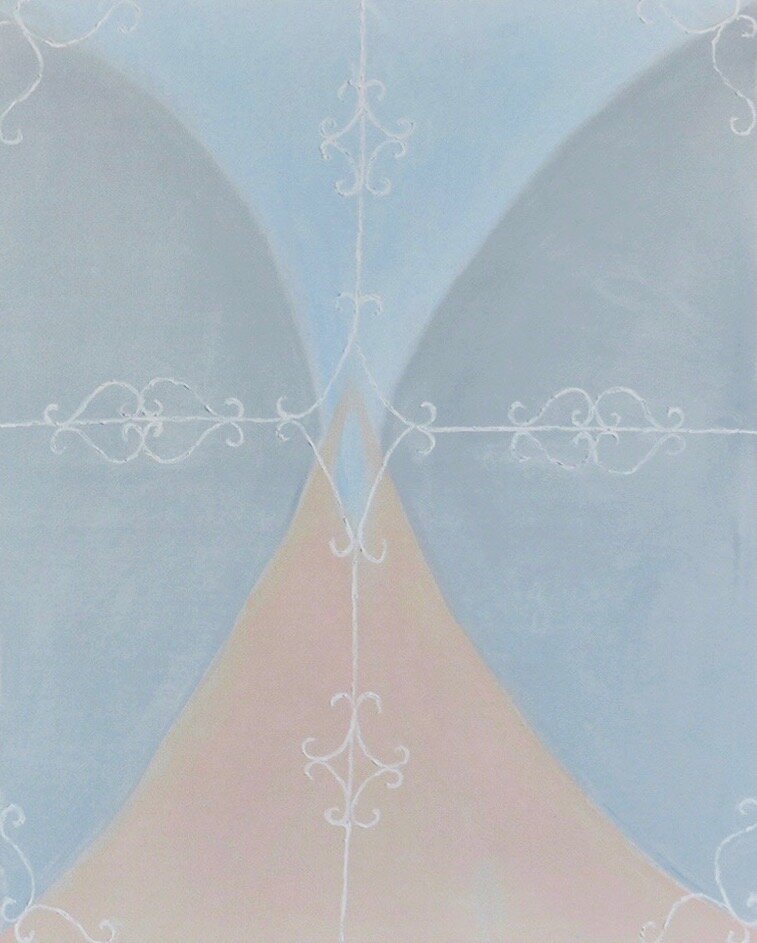
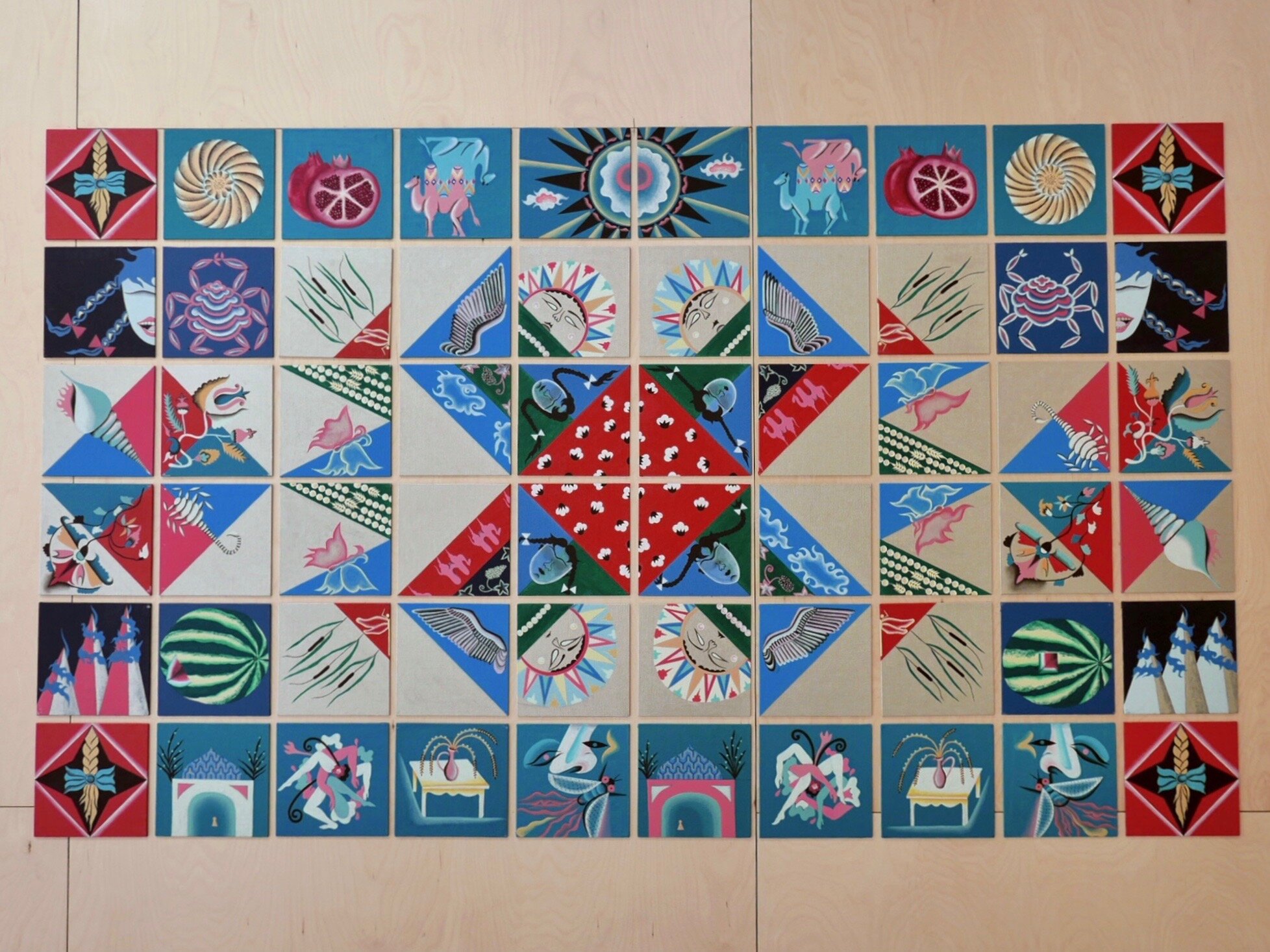
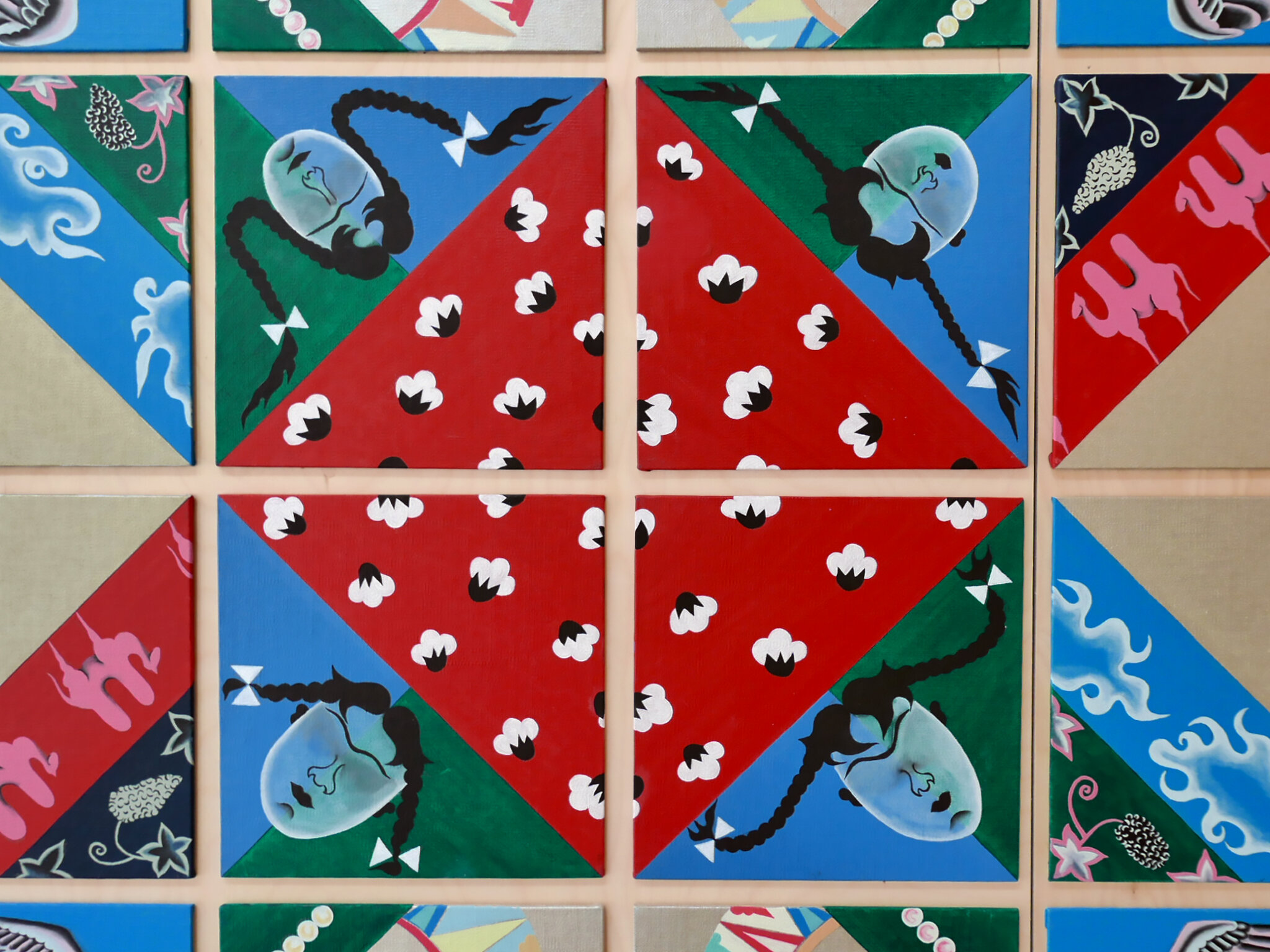


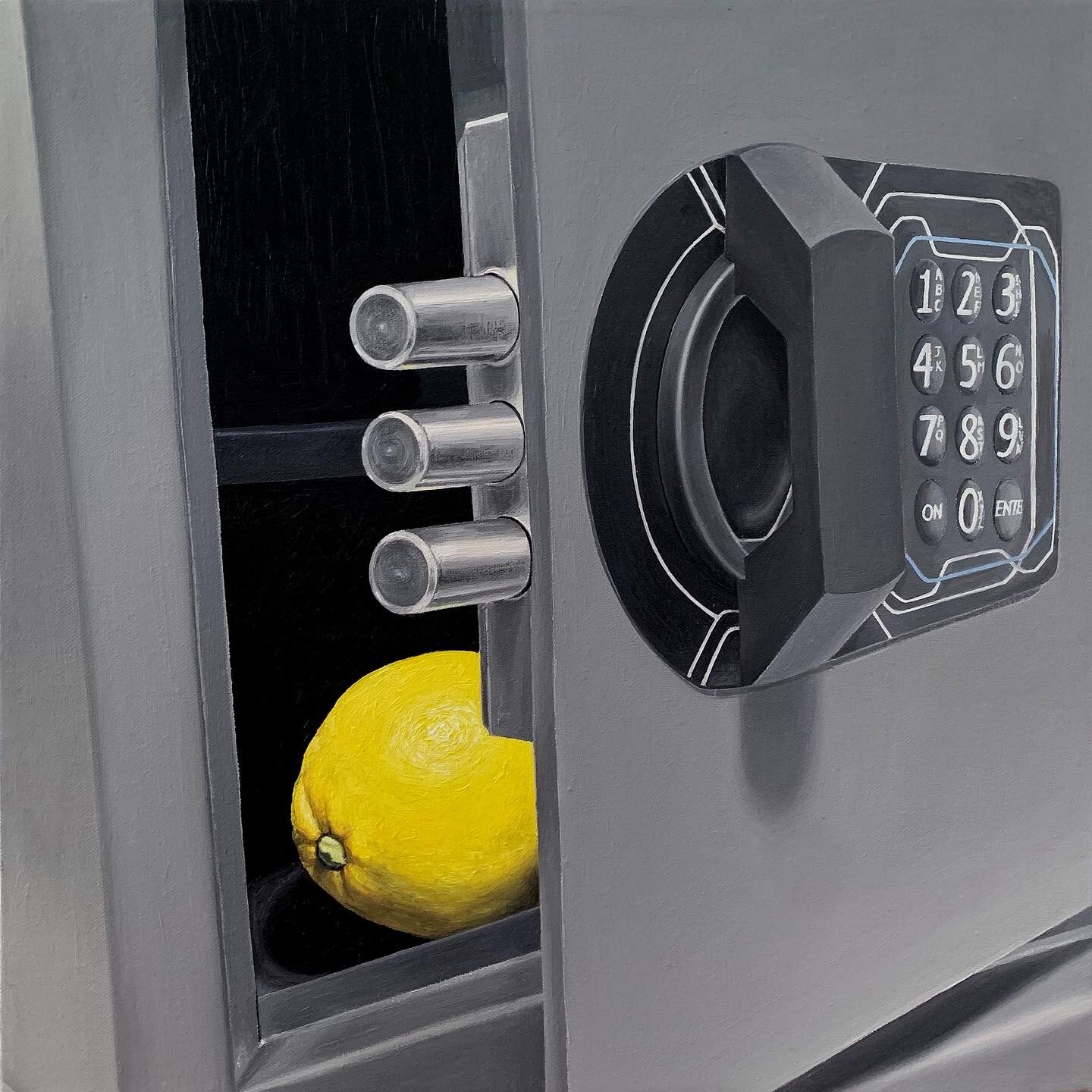
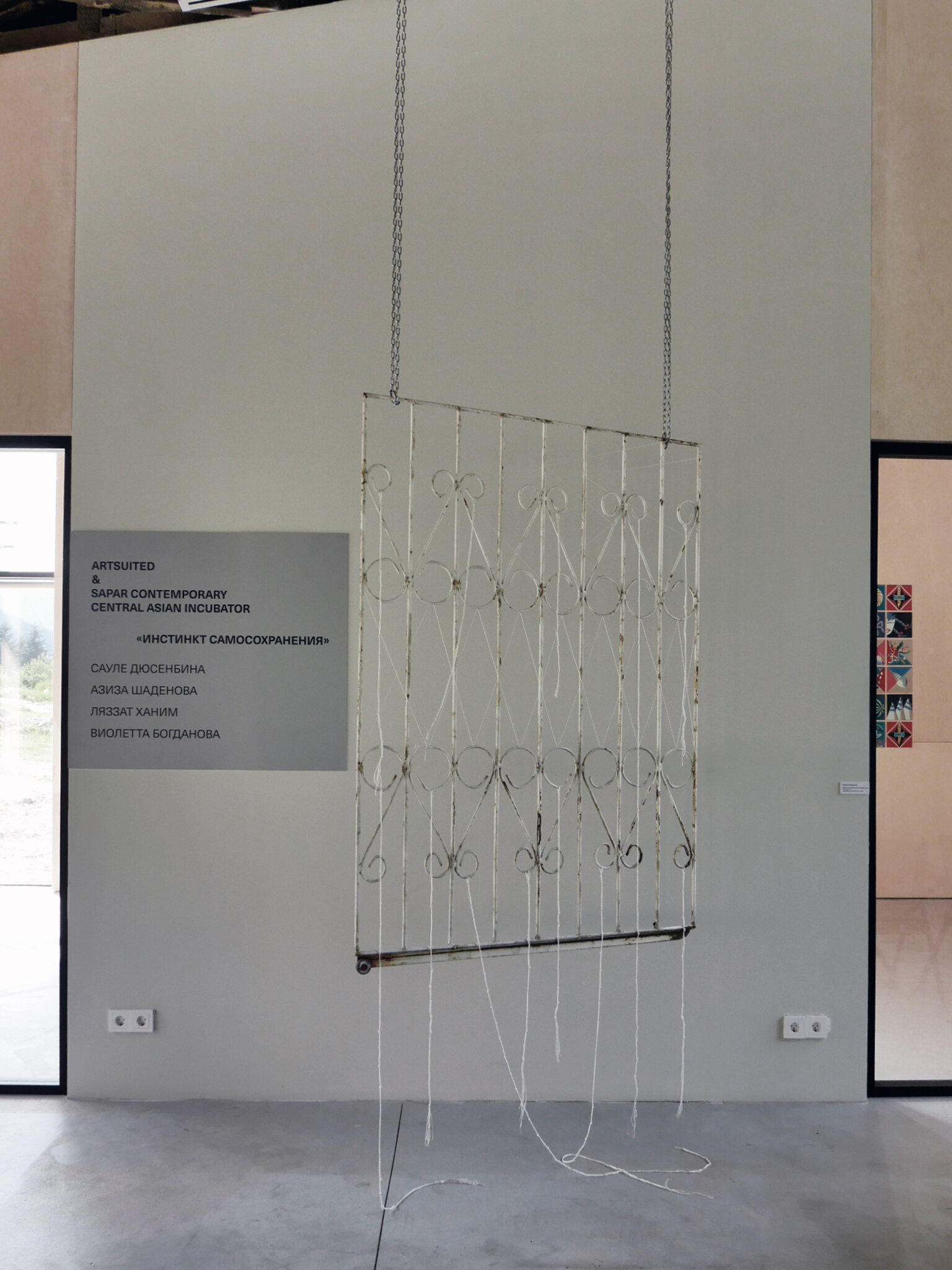
Sapar Contemporary Incubator is proud to present “Protective Instinct”, an exhibition of four female artists from Kazakhstan. In “Protective Instinct”, Saule Dyussenbina, Lyazzat Khanim, Aziza Shadenova, and Violetta Bogdanova propose varied means of protection against dangers that cannot be seen. The invisible perils they contemplate, as well as their corresponding safeguards, tether the global, present-day health crisis to the rich custom of apotropaic magic in Central Asia.
In her plate works, Saule Dyussenbina reimagines hand-washing posters that have become ubiquitous during the COVID-19 pandemic. In place of modern infographics, she reproduces select drawings by the 17th century physician John Bulwer, whose publication Chirologia explores hand gestures as a form of universal communication. Dyussenbina retains his Latin descriptors beneath each pair of hands; for instance, the word mendico, or “I beg,” accompanies a pair of cupped hands. However, the addition of a faucet pouring water redefines the gesture and contextualizes it within the broader hand-washing routine. Though transformed in this way, each gesture remains immediately recognizable. Thus, Dyussenbina offers her own common language: a shared form of protection in which we have all become fluent.
Lyazzat Khanim approaches recent threats to human and environmental health with similar urgency in her hyper-realistic paintings. Like Dyussenbina’s plates, Khanim’s Immunity series features images identifiable to a broad audience, namely a cabbage, a lemon, and a glass of water. While the objects themselves are familiar, their settings are unusual: when might one encounter a cabbage in a washing machine, or a lemon within a safe? The placement of commonplace objects in inexplicable settings simultaneously elicits feelings of humor and unease, inviting viewers to decode the visual cipher Khanim has embedded in each painting. Using the artworks’ titles as a key, a multitude of interpretations are unveiled, each of which points to the fragility of health and the importance of its preservation.
Turning to past methods of protection, Aziza Shadenova’s painting bridges the strength of shared experience, family tradition, and personal memory. Each of the 60 panels in Shadenova’s quilt-like arrangement correlates to a meaningful recollection from the artist’s life, illustrated through bread, fruit, insects, mountains and other symbols. Presented as a unified, painted patchwork, Shadenova pays homage to the Central Asian practice of producing korpe textiles for a bride’s dowry. Korpe would serve a functional purpose in the woman's married life, often as a defensive screen against evil spirits in her new home. Working in this tradition, Shadenova views her painting as her own dowry, through which she seeks refuge from danger through her heritage, her memory, and her art.
The paintings of Violetta Bogdanova provide further insight into the use of decorative, physical barriers for security. Where Shadenova engages with traditional textiles that ward off spirits from the home, Bogdanova examines the current use of wrought-iron fences and window bars to deter those who might intend harm from entering. Drawn to the visual lightness of these physically heavy structures, she isolates their delicate ornamentation in her compositions in order to underscore their perceived weightlessness. Painting the designs in a repeated pattern over an ethereal, pastel backdrop—inspired by snowy landscapes of her home in North Kazakhstan—Bogdanova foregrounds the subtlety in the structures’ appearance and underscores the presence of beauty in even the most utilitarian objects.
The artworks in this exhibition highlight both traditional defenses against folkloric malevolence and contemporary methods to prevent illness, theft, and environmental disaster. In doing so, they reveal our shared longing for safety—a universality that connects us across continents and millennia, and one that feels more timely than ever.
About Artists
Aziza Shadenova (Uzbekistan, 1989) is a Kazakh artist raised in Kyrgyzstan and Uzbekistan. She graduated from Central Saint Martins College of Art and Design in 2011. Shadenova works in different mediums such as: painting, video, photography, sculpture and performance. She was one of the few young artists featured in the Central Asian Pavilion at the 55th Venice Biennale (2013). She has participated in group shows at Sotheby’s; Moscow Biennale 2014; EMMA Espoo Museum of Fine Arts (Finland, 2016), HOME gallery Manchester, Kyrgyz National Museum of Fine Arts; EXPO 2015, as well as exhibitions in Russia, France, Switzerland, Finland, Germany, Luxembourg, Kazakhstan, Argentina and the UK. Aziza lives and works in Hastings, UK.
Saule Dyussenbina (Karaganda, 1971) is a Kazakh multimedia artist known for her whimsical revisions of Western art history and humorous inserts of Central Asian culture, Asian female artists and herself into the male dominated Western canon. In her paintings, watercolors, prints and animations she addresses feminism, urbanism, Central Asian identity, and the role of the artist through the prism of her nomadic heritage. Notable recent exhibitions include "Post-Nomadic Mind" at the Wapping Project, London (2018), "Postcolonial Art in Central Asia" at the Gedok Gallery in Karlsruhe (2018), "Eurasian Utopia: Post Scriptum" at Suwon Park Museum of Art, South Korea (2018), and "Kultureller Dialog in Eurasien" in Vienna, Austria (2019).
Lyazzat Khanim graduated from The UNESCO Art School in Astana in 2012, and she received her BFA from the Parsons The New School for Design in New York in 2017. Khanim’s hyper-realistic work, with the occasional venture into the surreal, concentrates on the simplicity and beauty of everyday environments. Her work depicts striking and thought-provoking glimpses of simple objects that suddenly seem to escape the usual flow, which causes an immediate fascination and is followed by the feelings of disturbance and displacement. Although some choices of subject matter address consumer culture, Khanim is mainly interested in an ongoing attempt to archive fragments of pure being by turning her personal experiences toward the public dimension, and vice versa.
Violetta Bogdanova develops various techniques with a strong focus on painting and collage. Her language is still developing, but her early works can be attributed to mystical realism and discern an interest in spiritual practices. Later works tend to abstraction and are dominated by light pastel colors, which, according to the artist, serves as a way to detoxify the world overloaded with visual information. Violetta has worked in cities such as Tokyo, Shanghai, Milan, Moscow and Beijing.
About Curators
Salima Sarsenova and Zhanna Guzhavina are curators of this exhibition and partners at Artsuited. They have a continuous collaborative relationship with Sapar Contemporary as part of the Sapar Contemporary Central Asian Incubator. Together, they have previously curated “New Mythologies of Central Asia” in New York, and “Emerging Voices: Stories from Isolation” online. Artsuited was established by Zhanna and Salima to bring international art to Central Asia, support Central Asian artists globally, and promote the understanding of contemporary Central Asian culture.

